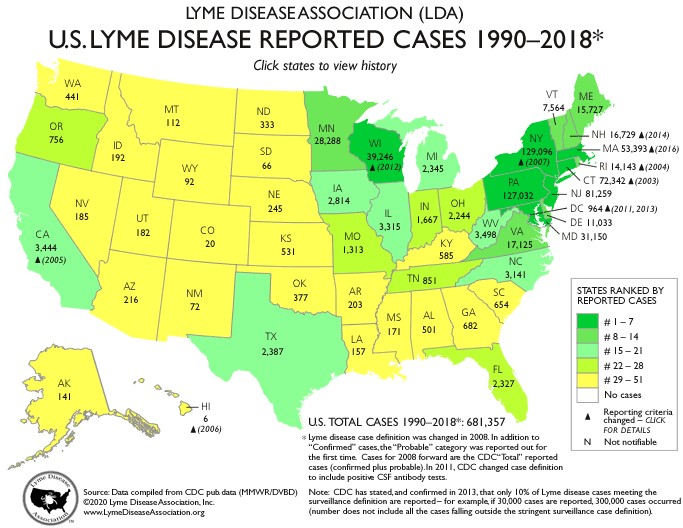- Home
- Blog
- Medical Dermatology
- Beware! Lyme Disease is Looming!
Beware! Lyme Disease is Looming!
Tips to keep you safe and detect early symptoms.
While June and July are the months of highest risk for contracting Lyme disease, we must remain vigilant all summer long. In the United States, the disease is predominant in 12 states, one being Massachusetts.
Lyme disease is an infection caused by a bacterium called Borrelia burgdorferi. The infection is transmitted through the bite of an infected deer tick. Left untreated, Lyme disease can affect many organs including the skin, joints and nervous system, and can lead to significant health issues. When diagnosed early, the prognosis is excellent.
Here are some facts and tips to keep you and your family safe this season.
1) Reduce the chance of tick bite exposure
- Ticks reside in wooded, grassy and bushy environments. Keep grass mowed regularly.
- Apply DEET containing insect repellent to skin and/or permethrin spray to clothing.
- Wear long sleeved shirts and long pants when outdoors in high-risk environments.
 2) Inspect skin for ticks
2) Inspect skin for ticks
- Fully inspect the skin daily, including underarms, groin and hairline. Ticks are much less likely to transmit the disease if attached for less than 24 hours.
- Inspect pets for ticks routinely.
- To remove ticks, grasp tick close to the skin with fine tweezers and pull outwards.
3) Recognize the signs of early infection
- Look for a characteristic rash called erythema migrans (EM) (Figure 1), which about 60-80% of patients develop. It starts as a small red area that appears at or near the site of the bite. It slowly enlarges over days to weeks and lasts for 2-3 weeks. In 9% of the cases, the EM rash has a “bulls-eye” appearance (Figure 2). The lesion is usually asymptomatic, but occasionally can itch or burn.
- Be aware that:
- 80% of the infected people complain of fatigue or muscle soreness.
- 50% experience flu-like symptoms (low-grade fever, chills).
- 40% can develop multiple lesions (Figure 3).
4) When concerned or in doubt, get evaluated by a physician
Early detection and treatment of Lyme disease is the key to a favorable outcome. Dermatologists at SkinCare Physicians in Boston are experts in the diagnosis and treatment of erythema migrans. Also seek consultation if a tick is found attached to the skin of long or uncertain duration.
Originally published on June 28, 2013, updated on August 17, 2017
Figures courtesy of Medscape Reference







Leave a Reply